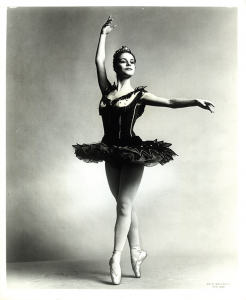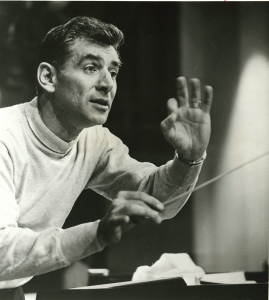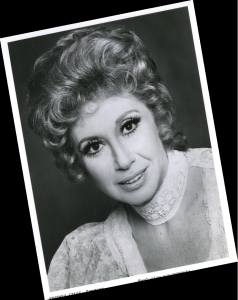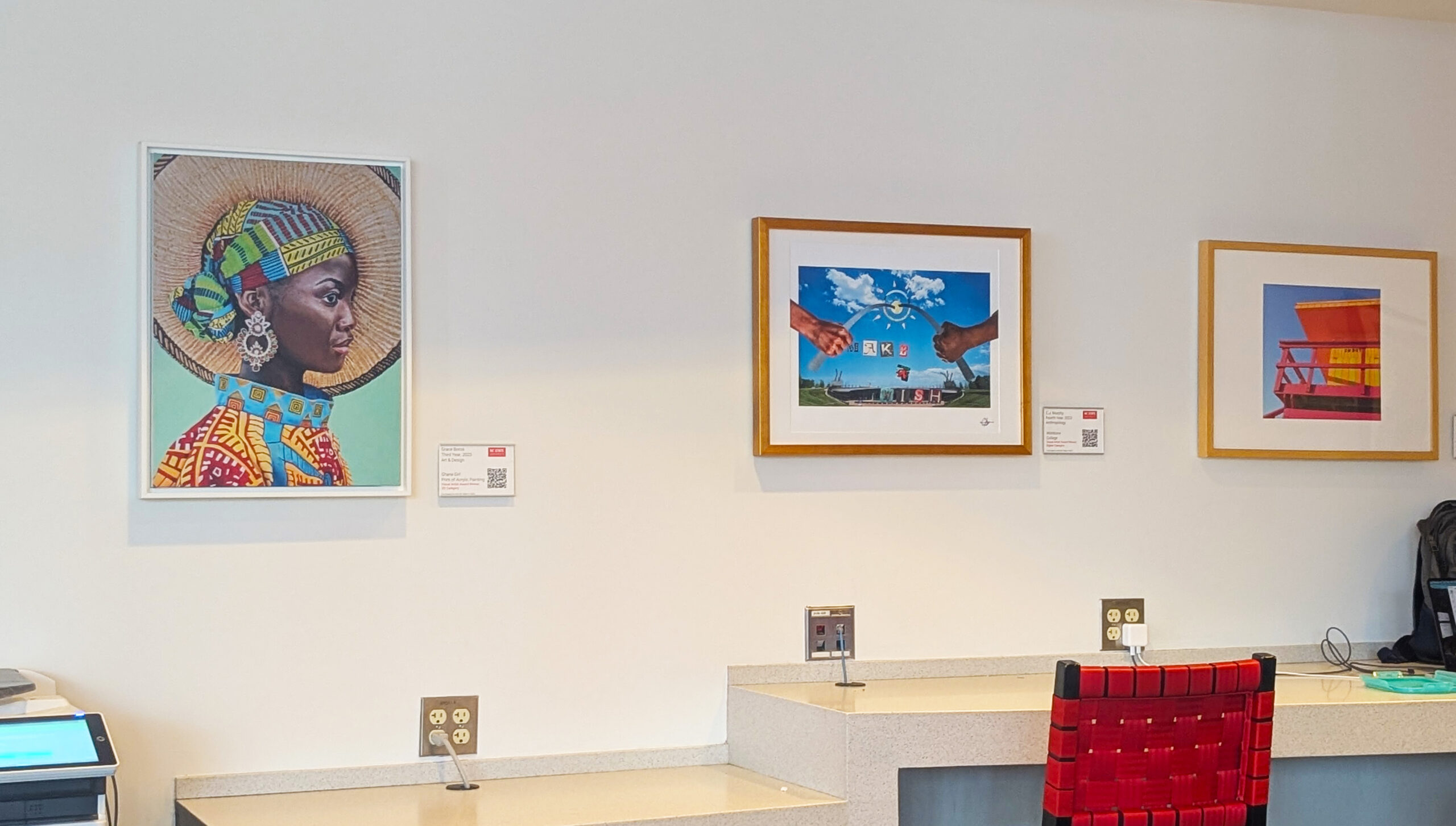Out of the Ordinary
Raleigh’s legacy as a cultural hub
by Carrie Knowles
1979. We had been told parking would be a problem so we walked from our house on Dixie Trail to the campus. We had recently moved from Chicago, but had already lived through one basketball season and knew parking was a problem not only on campus but all around NCSU when there was a “big” game … in fact, ANY basketball game at Reynolds Coliseum. But, that was basketball, and this was a concert with the opera great, Beverly Sills. I couldn’t imagine she’d have the same kind of draw as a State vs. Carolina game.

It was our first experience with Friends of the College and we had no idea what we were about to become a part of.
And, being a part of something big, exotic, exciting and just plain, out of this world in Raleigh, North Carolina is exactly what Friends of the College was from 1959 until it closed in 1995. It was the most out of the ordinary, extraordinary thing you could possibly imagine happening at an ag school basketball coliseum.
As soon as we turned down Cates Avenue from Dan Allen Drive, we could see the buses lined up to let their passengers off at the front gates. The concert-goers came from as far away as Virginia, Winston Salem, Pinehurst and Greenville, and they wore their Sunday best. You could see the men in suits and the women in high heels and hats making their way to the coliseum. There were thousands of them, twelve thousand, to be exact, that night.
Friends of the College began in 1959 as the brainchild of Gerald Erdahl, then the director of the Student Union. Erdahl proposed a jointly sponsored program between the City of Raleigh and NC State, a true Town and Gown venture, to enrich both communities culturally.

As Henry Bowers, the long time director who took over the next year after Erdahl’s unexpected passing and who ran FOTC until his retirement in 1987, said: “Jerry Erdahl didn’t care much about music, but he was fascinated with organizing. Like a three-legged stool, our structure had three parts. We knew we had to: 1) have stars of the highest quality, 2)have a large audience, and 3) do it primarily with volunteers in order to keep the cost down.”
As designed by Erdahl, Friends of the College was organized through area “captains” who volunteered their time to make telephone calls and sell tickets. The captains were usually prominent members of their communities. They organized area sales teams to contact their own friends and family, 700 volunteers altogether. It was an incentive system where if you sold 20 tickets, you got one ticket free.
“We’d have these report dinners twice a year in the university ballroom,” Bowers explained, “We’d have a roll call where the various captains would stand up and report their sales. It was very competitive. We’d offer rewards,records from a local record store, for the top sellers.”

In addition to this volunteer word of mouth advertising and selling, theNews and Observer and WRAL (both television and radio) were media. sponsors and partners. “There was this one ad that WRAL created that I still remember,” Bowers said, “where two farmers on tractors, one going one way, the other going the other way are plowing this big field. When they meet up, they stop in the middle of the row to talk. This one farmer yells across to the other, ‘You going to the ballet tonight?’ It was just great.” To give you some perspective on just what Friends of the College was in its prime: during the 1964-65 season these 700 volunteers sold 15,000 memberships. The memberships cost $7 total for the seven concerts presented that season: the London Symphony Orchestra with George Solti, conductor; Japan Philharmonic with Akeo Wantanabe, conductor and violinist Isaac Stern as soloist; the New York City Ballet; Metropolitan Opera stars Roberta Peters, Jan Peerce, Robert Merrill and Richard Tucker; pianist Arthur Rubenstein; the Berlin Philharmonic Orchestra with Eugene Jochum, conductor; and, the Brazilian Chorus: Coro Do Brasil conducted by Isaac Karabtchevsky.
“Getting big name stars to agree to come to Raleigh wasn’t easy at first,”explained Bowers, “but, it helped us that we were halfway between DC and Atlanta. The talent agency we used in New York was able to book a tour and include us in the middle. Once these groups got here, however,and saw the crowds, they couldn’t believe it. It was quite a thrill for them.”

At the time Reynolds Coliseum was one of the largest venues in thecountry, at a potential 15,000 seats. And, it not only had 15,000 seats,but FOTC was able to fill them.
Because of its audience size and its ability to draw some of the very top national and international orchestras, soloists, opera productions, dance ensembles, choral ensembles, instrumental ensembles, cultural and ethnic performers, and actors in the world at the lowest ticket prices imaginable,Friends of the College made Raleigh one of the most vibrant cultural hubsin the Southeast.
There was nothing else like it anywhere along the East Coast. It was just plain phenomenal and a thrilling experience to be sitting in a basketball stadium with 12,000 people listening to and watching intently every note being played and sung, every dance step being taken,every word being spoken.
In truth, the acoustics at Reynolds were not Carnegie Hall, but the experience of hearing Beverly Sills sing to the rafters was truly transporting.
I loved it.
A cultural hub
Many folks hold fond memories of the Friends of the College series – and some still ask why it’s not around.The short answer is that times changed.
The three legged stool structure noted by Henry Bowers required “stars of the highest quality [and] a large audience…. “As new performing arts venues were built around the country in the last quarter of the 20th century, many top-level artists were attracted to perform in state-of-the-art theatres and concert halls, and were less available to perform in gymnasium spaces like Reynolds Coliseum.
Audience members, too, found it much more appealing to attend performances in spaces with excellent sight lines and acoustics, not to mention comfortable seats and air conditioning! Additionally, due to a rapidly changing landscape in the arts, major orchestras reduced their touring schedules, artist fees increased dramatically, and – happily – the Triangle witnessed an explosion of new cultural opportunities.
But we can look back with pride that NC State’s Friends of the College performing arts series helped to create the fertile ground that nourished so many new arts programs in our area, and provided rich opportunities and wonderful arts memories for hundreds of thousands of citizens across our state.
To see a full list of artists who performed on the Friends of the College series, visit go.ncsu.edu/fotc
Carrie Knowles’ book, A Family Story of Alzheimer’s: The Last Childhood noted as one of the top 100 books written about Alzheimer’s, is now available as an eBook on Kindle. Her novel, Lillian’s Garden will be published by John Hunt Publishing and will be released in paperback and as an eBook in England and the United States in April 2013.
- Categories:


